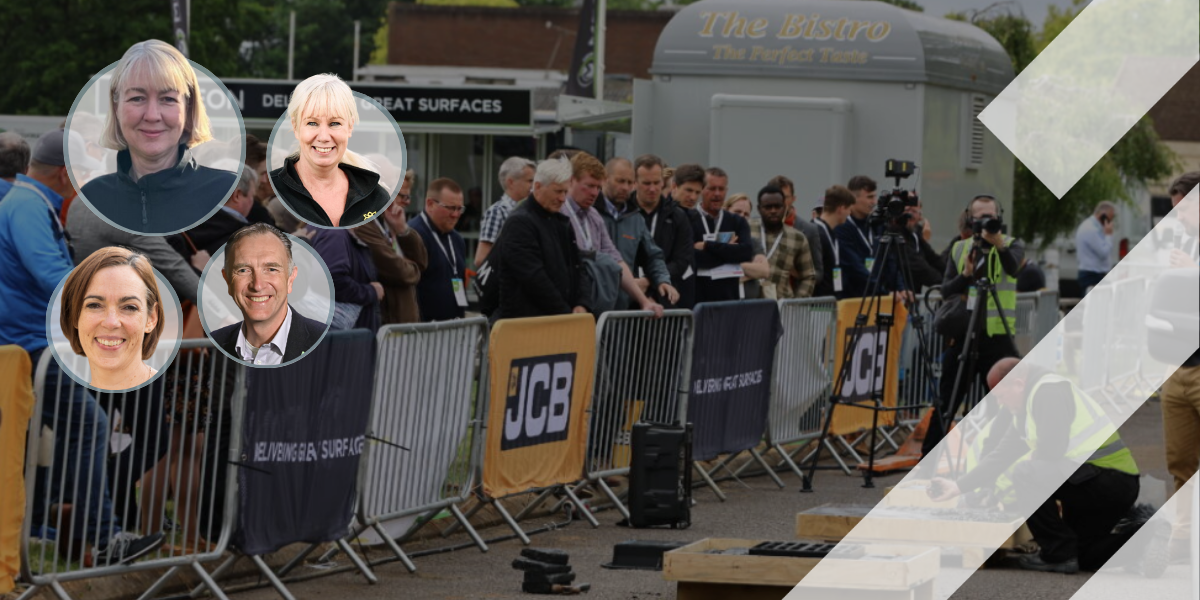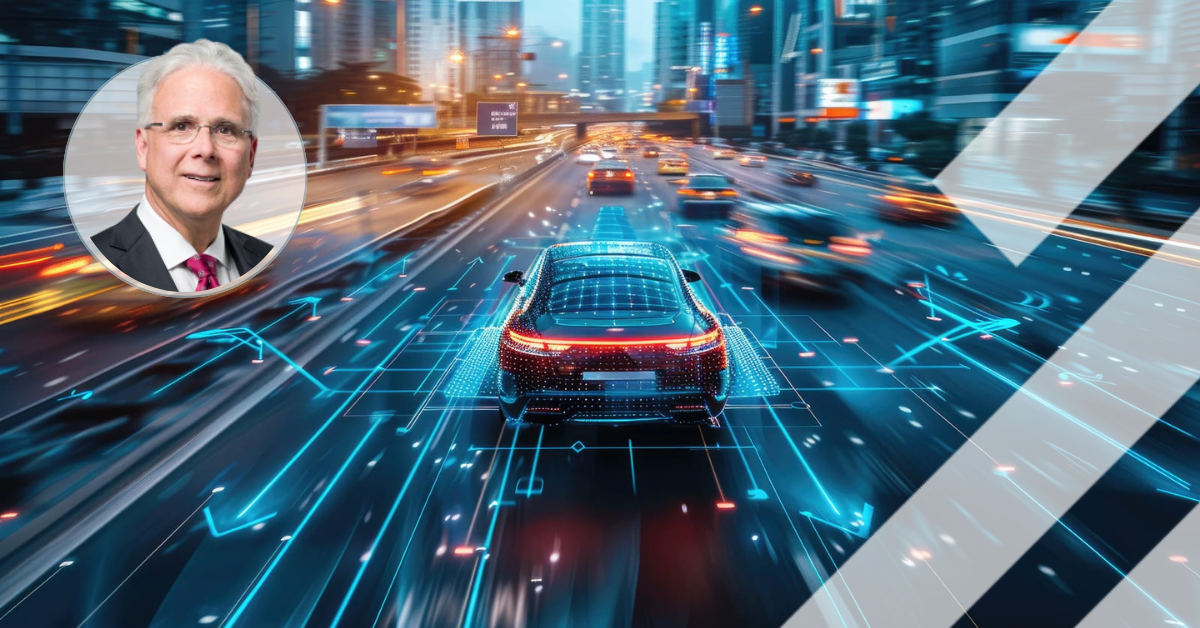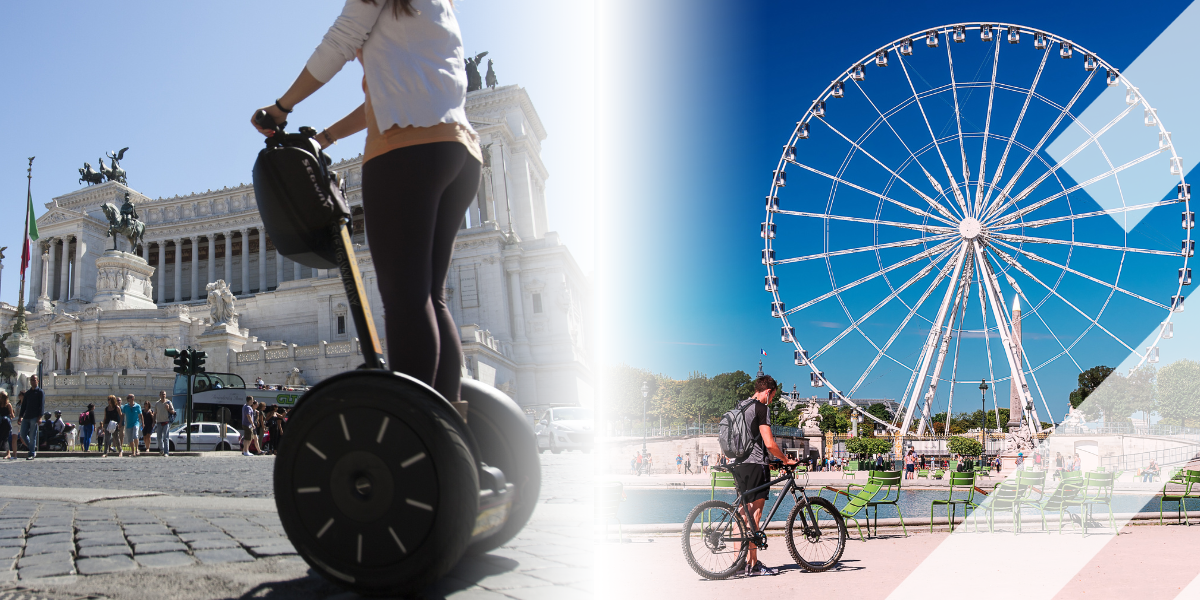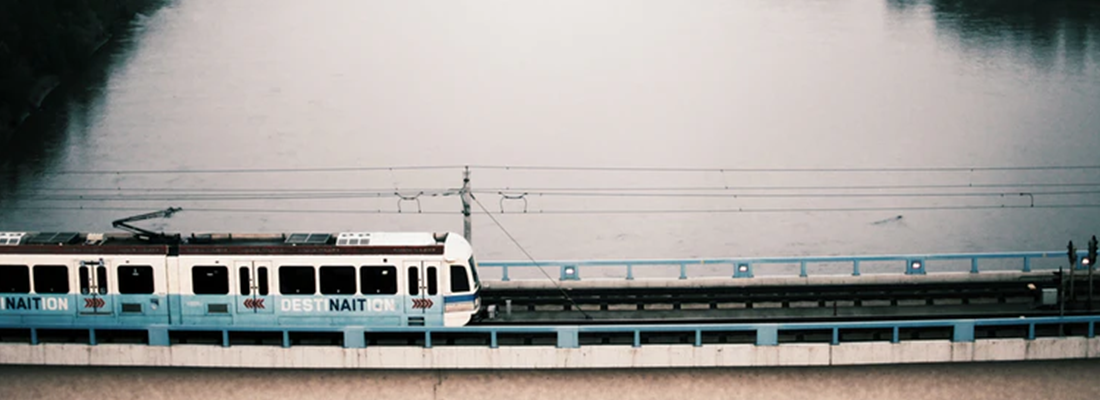Last-mile solutions have been an upcoming challenge since the increase of e-commerce through smartphone usage and have since spread from the transportation of goods to the transportation of people. But what exactly is a last-mile solution? Why is it so important and what are current last-mile solutions? Let’s take a look at this phenomenon.
What is a last-mile solution?
Last-mile solutions are key solutions which help to cross the last mile to a final destination. You have last-mile solutions for the delivery of goods, such as a postman or a delivery service, and you can find last-mile solutions for the transportation of people. Think of a taxi from the airport to the city or the last mile people have to walk home after taking a bus. It is the final step to reach the final destination. Even though it seems like the smallest part of the travel and might not seem too important, optimizing this part of the travel has a great effect.
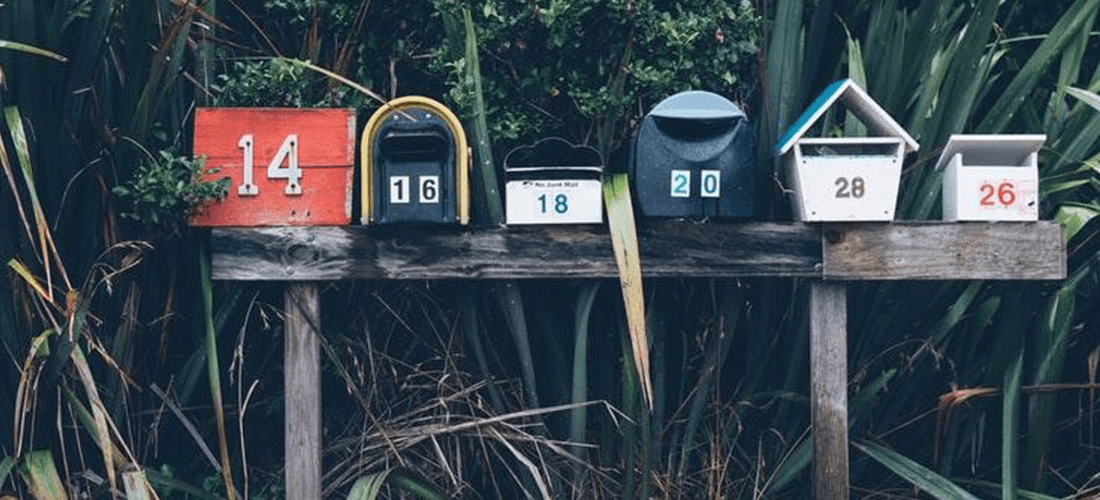
Why is optimizing the last-mile so important?
For either the transport of goods or people, there are different and overlapping reasons why it is important to consider better solutions for the last mile.
The importance of last-mile solutions for deliveries
The number of deliveries is rising substantially and more deliveries equal more traffic. The number of packages delivered annually, in the U.S. alone, is expected to rise from 11 billion in 2018 to 16 billion by 2020. The transport of all these goods, especially for that complex extra mile has a huge negative impact on the environment. To make matters worse, according to a study in the UK, almost 30% of the packages fail to arrive at their final destination in the first go. This indicates that a lot of packages have to cross the last mile more than once, which results in even more CO2 emissions.
For companies, it is furthermore important to have a fast and easy last-mile delivery system in place to meet modern customers’ demands. Preferably a cost-effective and customer-friendly solution. Having a good/bad system in place can directly impact the reviews on their business as it is the last memorable contact the customer has with the company.
As more people have goods delivered, it is important that the last mile is as sustainable as possible to have less of an effect on the environment, while simultaneously being fast, efficient and cost-effective.
The importance of last-mile solutions for travel
For the transportation of people, having a last-mile solution can make a huge difference for the public to change their behavior and decide on choosing a more sustainable way of travel instead of ‘simply taking the car’. Most people who drive a car and would like to help the environment, decide against public transport because of the difficulty it can entail. Thoughts such as: ‘How am I getting to work form the train station?’ are common and can be fixed by offering a great last-mile solution.
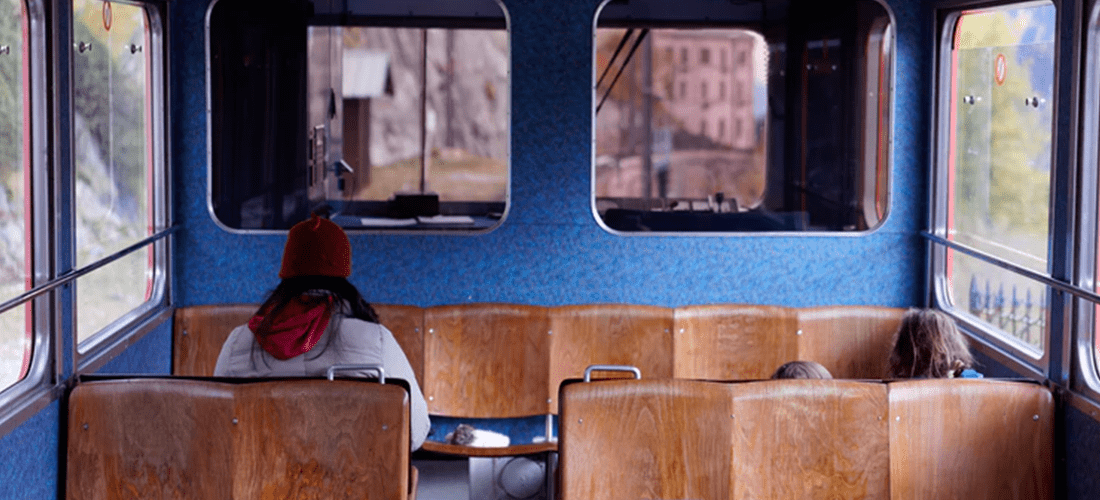
As the future is sustainable and travel needs to stay fast and easy for people to make the change, thinking of last-mile solutions is a must. Luckily, there are already a lot of innovative solutions which make life easier and have an increase in sustainability.
What are some sustainable solutions for the last-mile delivery of goods?
There are already a lot of solutions in place for more sustainable last-mile solutions for the delivery of goods. Solutions such as bike deliveries, electrification of vehicles, using AI and smart technologies to calculate the best routes to be able to save on time (and CO2), collaborative shipping, sharing services and tracking.
Since the option exists to track packages, more people know when to expect their package and can assure to be there when a package arrives. Most delivery services offer this service to show reliability, think companies such as DHL. Besides tracking, involving the customer more, for example by asking the customer when they are home upfront like UPS does, can save extra miles on the road for a package.
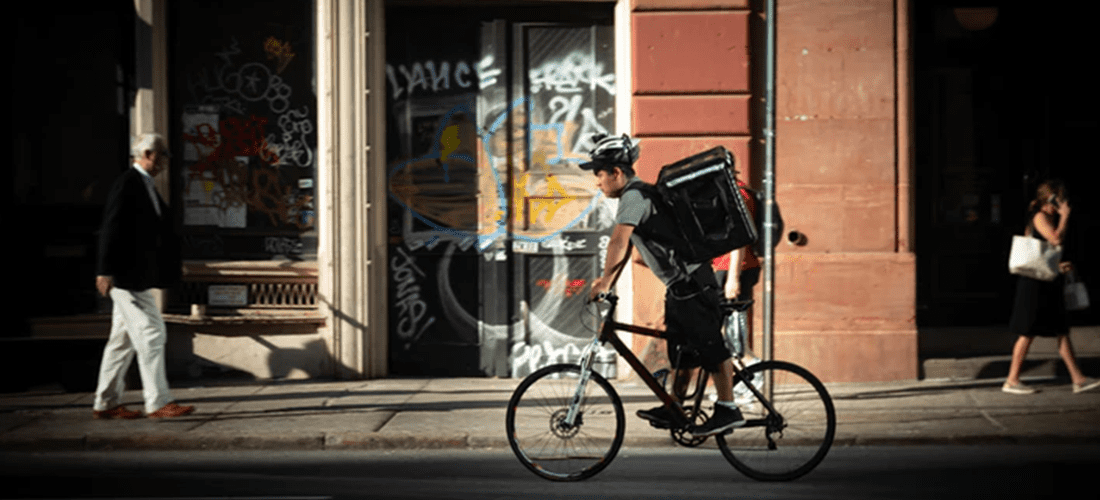
Various meal delivery companies in Europe, such as Foodora and Deliveroo, have started the movement for delivery by bike or e-vehicle. This type of delivery is obviously quite sustainable and popular with consumers due to its environmentally friendly nature. It is a good way to using smart technologies and artificial intelligence for the last mile. Finding the most efficient route to deliver all packages, while anticipating traffic, GPS and the weather can lessen the time spent on the road. And thus lessen the time on the road.
What are some sustainable solutions for last-mile travel for people?
Some key solutions to help cross the last mile for urban travel, are sharing vehicles, infrastructure for walking and biking, parking for bikes/scooters, a great public transport system and parking for electric vehicles.
In Spain, for example, an electric scooter company named Lime has gotten over 1,5 million rides in over one year. If these people would not have had the option of an alternative last-mile solution, over a million rides would have probably utilized a car (service) instead. Certainly, a scooter is the better option.
Travelling by car is often a more sustainable option than travelling by plane, especially if you are travelling with multiple people and driving electric. However, it is often left out as an option due to a hassle with parking. Having a good parking system in place can lessen the time on the road especially around the final mile. Through companies, such as the parking platform Mobypark, it is possible to reserve a parking spot in a convenient location near, for example, public transport. With Mobypark it is even possible to filter parking for electric vehicles.
In the Netherlands, public transport is a widely used means of transportation due to a customer focused public transport system. There are websites which will calculate the best public transport travel routes and you will be able to simply use one card (the OV-chipcard) to check-in and out of all the different means of public transportation. The main train operator NS, even has an option to rent a public transport bike (OV bike) with the same card to cross the last mile to your home/work. The Netherlands is known for its biking infrastructure and there are a lot of people using this option.
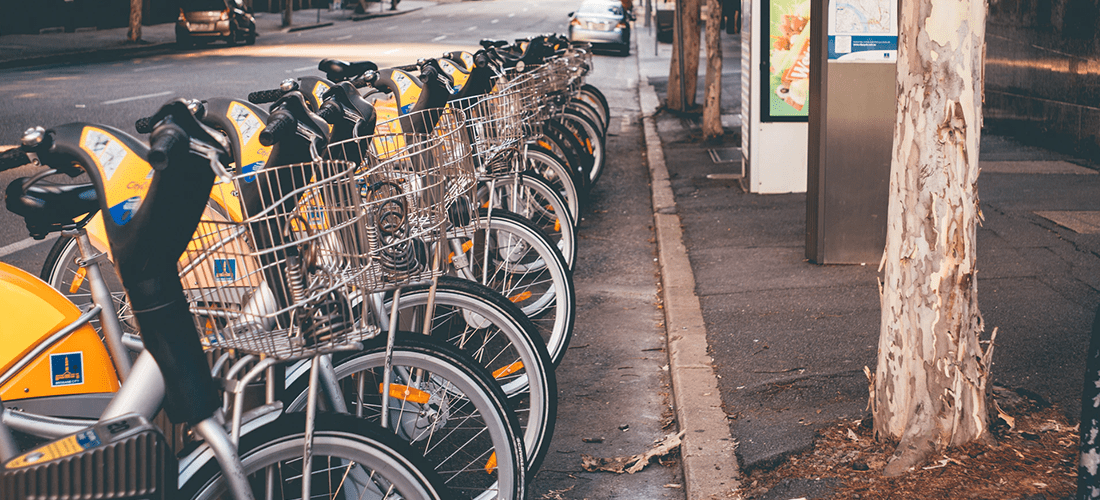
There are a lot of things in place to make the logistical process more sustainable and optimizing the last mile can contribute greatly to this process. In the coming years, it is expected that even more last-mile solutions will be implemented to make the process even faster and more sustainable.
